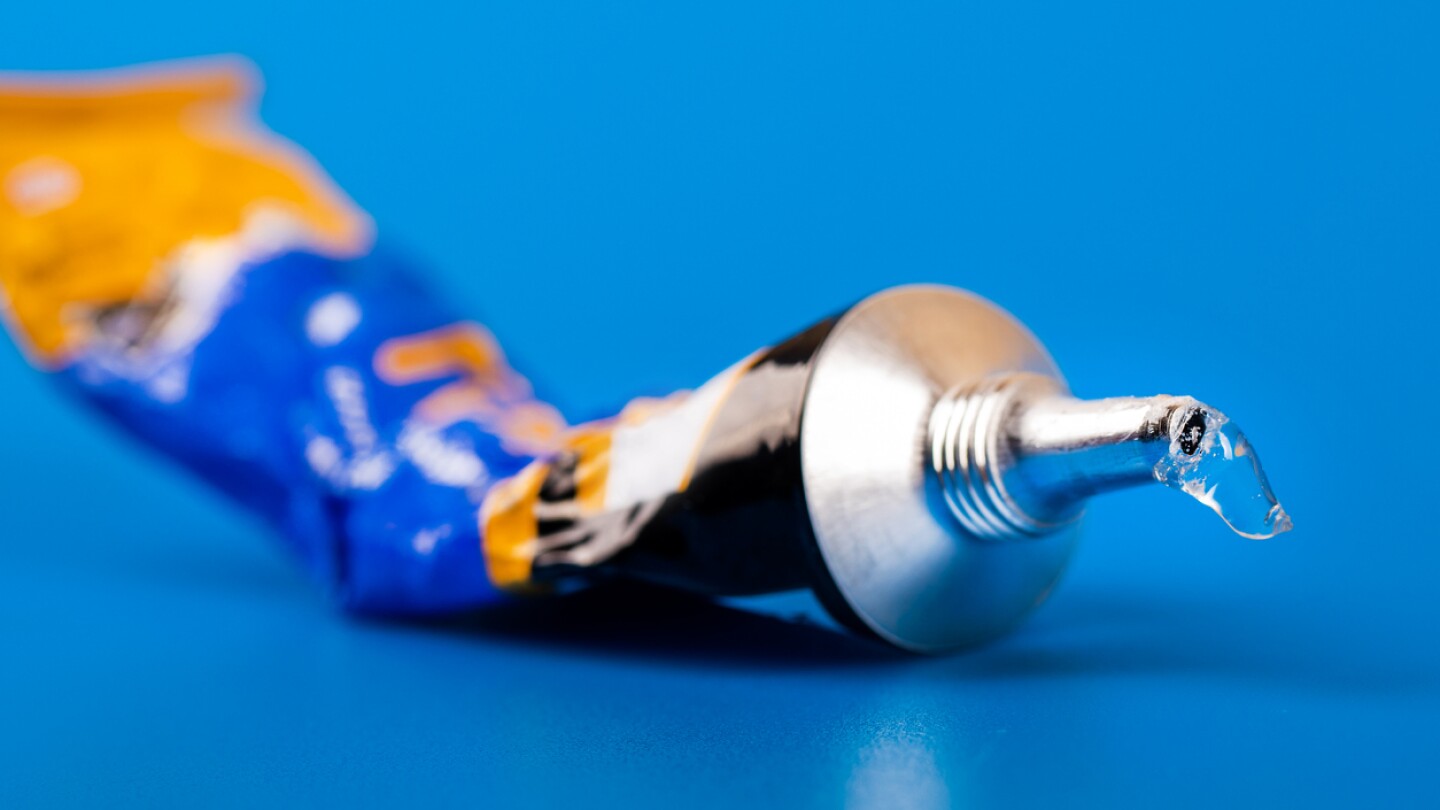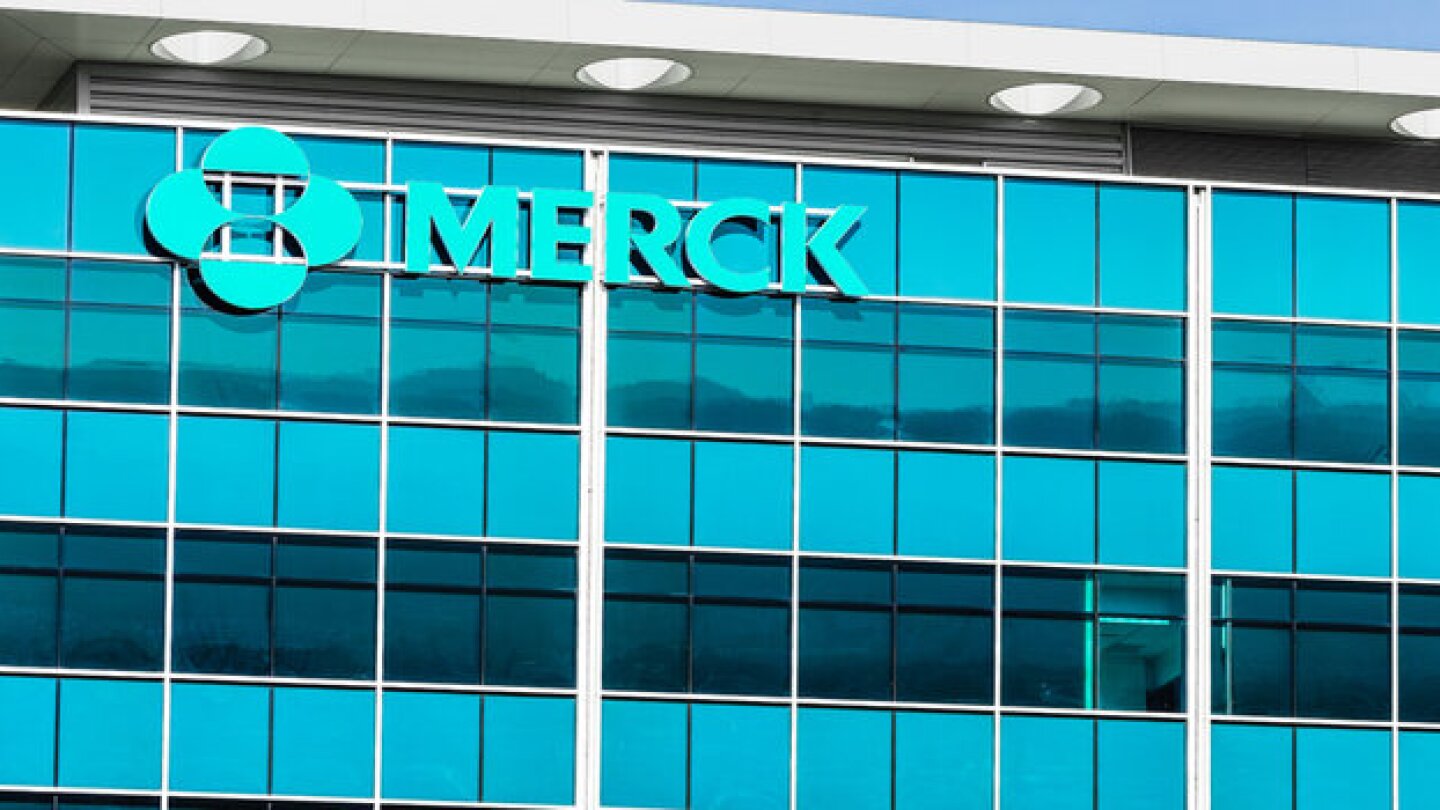Collaboration
Roche, along with Bristol Myers Squibb, Novo Nordisk, AbbVie, Eli Lilly and others, is making inroads into molecular glues to use in cancer, immunology and other applications.
The partnership with Sirius expands CRISPR Therapeutics’ modality toolkit, especially in the cardiovascular space.
Currently trailing Eli Lilly and Structure Therapeutics in the oral weight loss space, Novo Nordisk strikes a deal with Septerna to put new discovery-stage programs into play.
After losing its powerhouse partner, IGM Biosciences closed “most” of its labs and offices and initiated a strategic review of potential strategic alternatives and options for the business.
The Alchemab deal will further strengthen Lilly’s early-stage pipeline for amyotrophic lateral sclerosis, coming less than a year after the pharma licensed QurAlis’ antisense oligonucleotide to correct a specific protein alteration in ALS.
Roche is committing $50 billion while Regeneron inked a $3 billion manufacturing deal with Fujifilm, allowing the pharma to “nearly double” its U.S. large-scale manufacturing capacity.
Merck has not disclosed which of its peptide therapies it plans to develop oral formulations for.
At the heart of the licensing deal is CUE-501, a bispecific molecule that can selectively deplete B cells to address autoimmune and inflammatory conditions.
GSK is paying to access ABL Bio’s Grabody-B platform, which potentially enables therapies to cross the blood-brain barrier.
Lexicon’s LX9851 targets ACSL5, a liver enzyme involved in fat metabolism that helps moderate fat accumulation and slow down gastric emptying.
PRESS RELEASES










